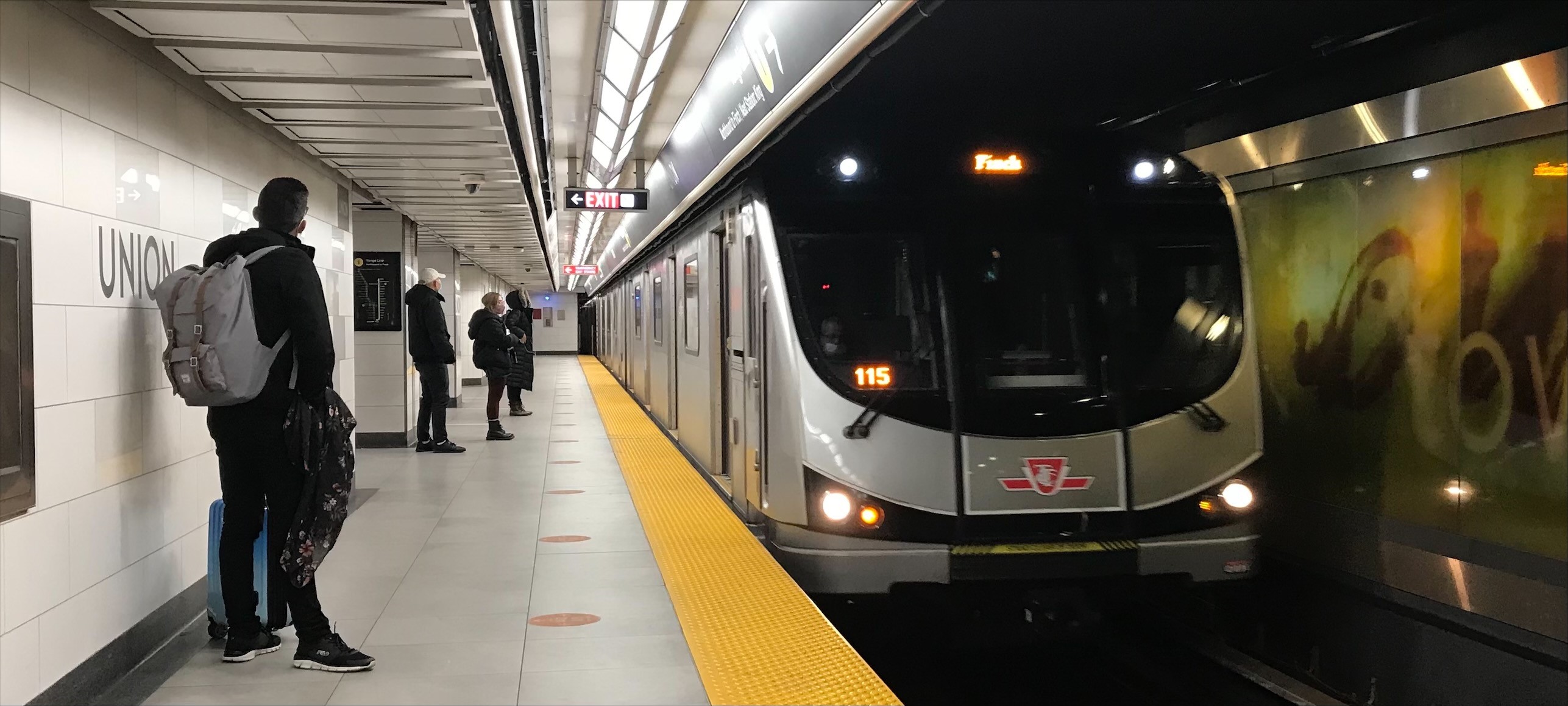That's cute and all, but if that's the approach we want to take than Toronto should not be on the hook whatsoever for Richmond Hill's wants. Each municipality has their own share of capital and operating expenses they have to deal with, so if we want to keep extending subways beyond Toronto's municipal borders than Metrolinx and/or the municipality requesting the extension should be paying up for all capital and operating expenses of the infrastructure.
Oh, it's these old chestnuts getting dusted off?
First Toronto is paying ZERO towards the YNSE and York Region is paying a pro-rated share of the costs.
So that takes care of that.
But what are these places - Toronto, Richmond Hill etc. - in your mind, except places where people pay taxes that don't go to the other place? I know that you know people from Richmond Hill work in Toronto and people from Toronto work in Richmond Hill. They go to restaurants in both places, they drive in both places and on and on . The notion that transit systems should stop, not where riders stop, but where your taxes stop is so old, the infrastructure we're talking about might as well be horse-and-buggy.
You can say it's "cute and all" but the only thing required to shoot a big smoking hole in the logic would be for the Province to say, "all regional funding goes through us." I'm not saying they're going to say that - but you have to ask yourself what the fundamental goal of transit is for us, as riders. Personally (and I 've used this example before) I've never seen anything in my life as perverse as transit riders standing at Yonge and Steeles, watching half-full YRT buses go past them so they can wait to get on a crowded TTC bus because it's effectively illegal for YRT to pick up "TTC riders." But they're not "TTC riders." They're not "Toronto taxpayers," they're just transit users and should be treated as such.
Unquestionably the funding mechanisms need to be fixed and it's shameful that Metrolinx did two studies about fare integration and the Liberals trashed them both. But York Region is paying the capital costs in this instance so let's not use that as an excuse for disincentivizing transit use or making for a worse ridership experience. Let's not say, "Why should my taxes go to help
those people," as if you don't work in the same commutershed, the same real estate market, the same economic development region. Better transit is to everyone's benefit - not just people in both municipalities but also drivers. And if drivers used this same logic they'd say, "Why should my taxes go to TTC when I never use it?"
So let's not do that. Let's just keep demanding Metrolinx be empowered to fix this because cross-municipal travel is becoming more common, not less, and it serves no one to be parochial about it.
IMHO.
